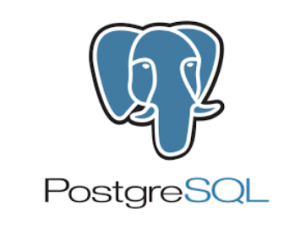Learn how to fix the “Postgres Autovacuum not running” error. Our PostgreSQL Support team is here to help you with your questions and concerns.
Postgres Autovacuum not running Error | Fixed
In PostgreSQL databases, managing dead tuples is key to efficiency and performance.
When a row is updated in PostgreSQL, a new tuple is created and the previous one is marked as dead. Similarly, when a row is removed, the underlying tuple is only marked as dead. VACUUM removes dead tuples, freeing up space and speeding up queries.

We can manually run VACUUM (FULL) to get this done. However, autovacuum is the preferred method. Autovacuum operates automatically. It identifies tables with a specific number of dead tuples and runs VACUUM.
By default, autovacuum is enabled in PostgreSQL. However, its default configuration tends to be conservative. It usually waits until a table has around 20% dead tuples before cleaning up.
For optimal performance, we need to monitor and adjust autovacuum settings as needed. PostgreSQL offers several commands to help with this.
For instance, we can check the last manual and autovacuum operations on tables using the following query:
SELECT relname, last_vacuum, last_autovacuum FROM my_tables;
Copy CodeThis query gives us information about the frequency and timing of autovacuum operations across different tables in our database.
Identifying and Addressing Issues
Unfortunately, we will run into problems if autovacuum fails to trigger as frequently as necessary.
One common problem is when the number of dead tuples exceeds expectations. This leads to bloating and poor performance. This is why we need to monitor key metrics like autovacuum counts and last autovacuum timestamps.
SELECT last_autovacuum, autovacuum_count, vacuum_count FROM my_tables;Copy CodeIf autovacuum isn’t activating as expected, we have to adjust parameters like `autovacuum_vacuum_scale_factor`. This parameter decides the threshold at which autovacuum triggers VACUUM. Lowering it can lead to frequent cleanup of dead tuples.
In cases where specific tables require more aggressive autovacuuming, we have to make adjustments at the table level.
By changing the `autovacuum_vacuum_scale_factor` parameter for individual tables, we can fine-tune autovacuum behavior to suit our needs.
ALTER TABLE tablename SET (autovacuum_vacuum_scale_factor=0.01);
Copy Code[Need assistance with a different issue? Our team is available 24/7.]
Conclusion
In brief, our Support Experts demonstrated how to fix the “ Postgres Autovacuum not running” error.
PREVENT YOUR SERVER FROM CRASHING!
Never again lose customers to poor server speed! Let us help you.
Our server experts will monitor & maintain your server 24/7 so that it remains lightning fast and secure.




0 Comments